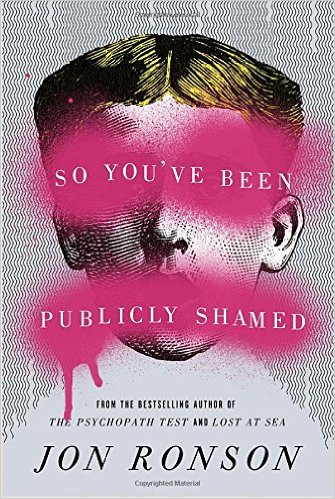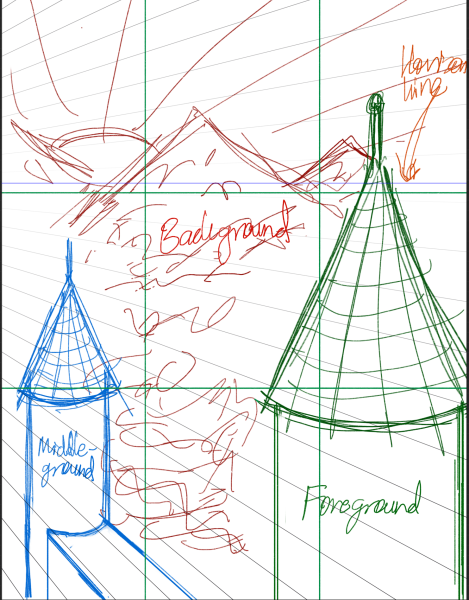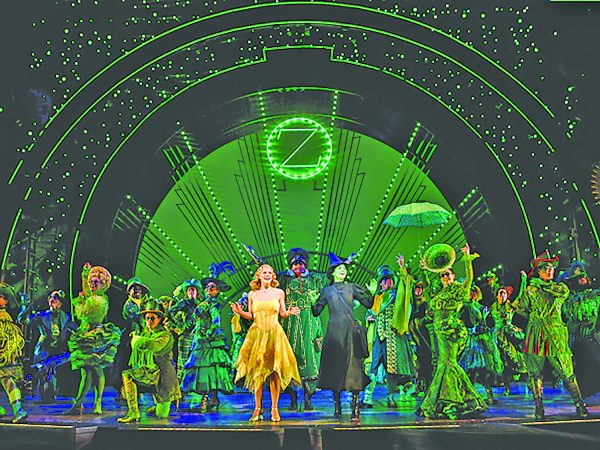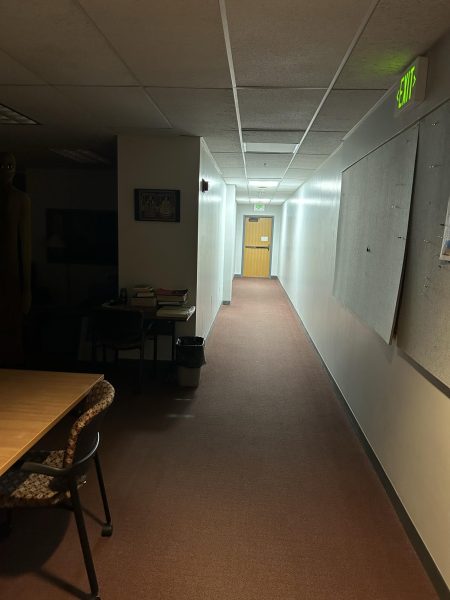Book explores the issue of public shaming

Think of your worst most private moment. The one that if it were ever exposed to the world, you’d die. Imagine that moment is suddenly plastered over social media, and now you’re left to figure out how you’ll survive this mortifying public shame. This is the heart of Ronson’s book.
Ronson interviews several victims of public shaming — remember Jonah Lehrer, the staff writer for the New Yorker who plagiarized himself? Or Justine Sacco, with her infamous tweet? Ronson searches out Sacco, Lehrer, and several others whose lives were ruined to find out their stories about what happened and how they live now. He also explores the drive behind shaming.
Ronson explores the history of public shaming (think pillories) and its eventual demise because it got “too brutal.” Yet why does it happen now? He writes, “I think our natural disposition as humans is to plod along until we get old and stop. But with social media, we’ve created a stage for constant artificial high drama. Every day a new person emerges as a magnificent hero or a sickening villain. It’s all very sweeping, and not the way we actually are as people. What rush was overpowering us at times like this? What were we getting out of it?”
As he continues his search, he scrutinizes his own actions regarding shaming, and realizes that he also has shamed others, often without giving it a thought. Throughout the book, Ronson feels more and more remorse. He starts looking for people who have “found their way out of shame” to provide him and his readers with insight on how to stop shaming, and how to move through if you’ve been the one shamed.
And he meets with psychiatrist and author James Gilligan, a shame expert, who states that many of the crimes people commit have a basis in shame. He quotes from Gilligan’s book “Violence: reflections on our deadliest epidemic”: “It may be somewhat paradoxical to refer to shame as a ‘feeling,’ for while shame is initially painful, constant shaming leads to a deadening of feeling.” From this sense of deadness, it’s no great leap to hurting others.
Ronson concludes that “online shaming is so pitiless” because of feedback loops, for example, the “your speed is” equipment on roadsides that make us slow down. He illustrates: “We express our opinion that Justine Sacco is a monster. We are instantly congratulated for this . . . We make the on-the-spot decision to carry on believing it.”
Adam Curtis, a documentary maker, reinforces Ronson’s conclusion: “The tech-utopians . . . present this as a new kind of democracy . . . It isn’t. It’s the opposite. It locks people off in the world they started and prevents them from finding out anything different. They got trapped in the system of feedback reinforcement. The idea that there is another world of other people who have other ideas is marginalized in our lives.”
“So You’ve Been Publicly Shamed” is not a fluid read; sometimes Ronson’s transitions from chapter to chapter are confusing, and it’s difficult to keep everyone straight. Still, he’s chosen a current and relevant topic and researched it well. And he provides all of us on social media with a wakeup call and reminder: We could be next.





